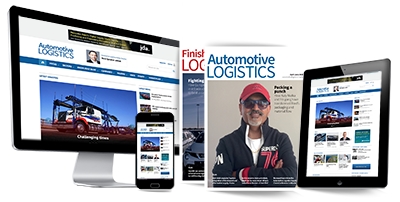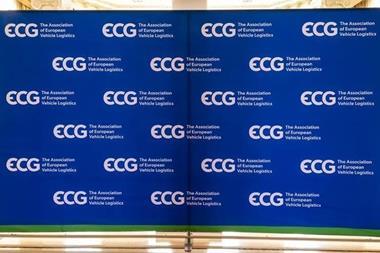UECC acquires second multi-fuel LNG battery hybrid PCTC as decarbonisation drive ramps up
By Jason Dunn2022-06-14T09:08:00
Norwegian shipping line UECC has expanded its sustainable fleet of pure car and truck carriers (PCTCs) with a second multi-fuel LNG battery hybrid newbuild.
The latest PCTC, named Auto Achieve, delivered from China’s Jiangnan Shipyard, will help lower emissions for the ro-ro carrier in the European shortsea trade where it will join sister vessel Auto Advance, which was delivered from the same Chinese site last year.
“UECC has taken a progressive approach to curb its environmental footprint with these newbuilds that are the first PCTCs to adopt this innovative technological solution, which is based on stringent design criteria for energy efficiency,” says Glenn Edvardsen, CEO of UECC.
The new ship marks the fifth vessel in UECC’s eco-friendly fleet. After the series’s third and final new build is delivered later this year, it will amount to 50% of its owned fleet of nine PCTCs.





































